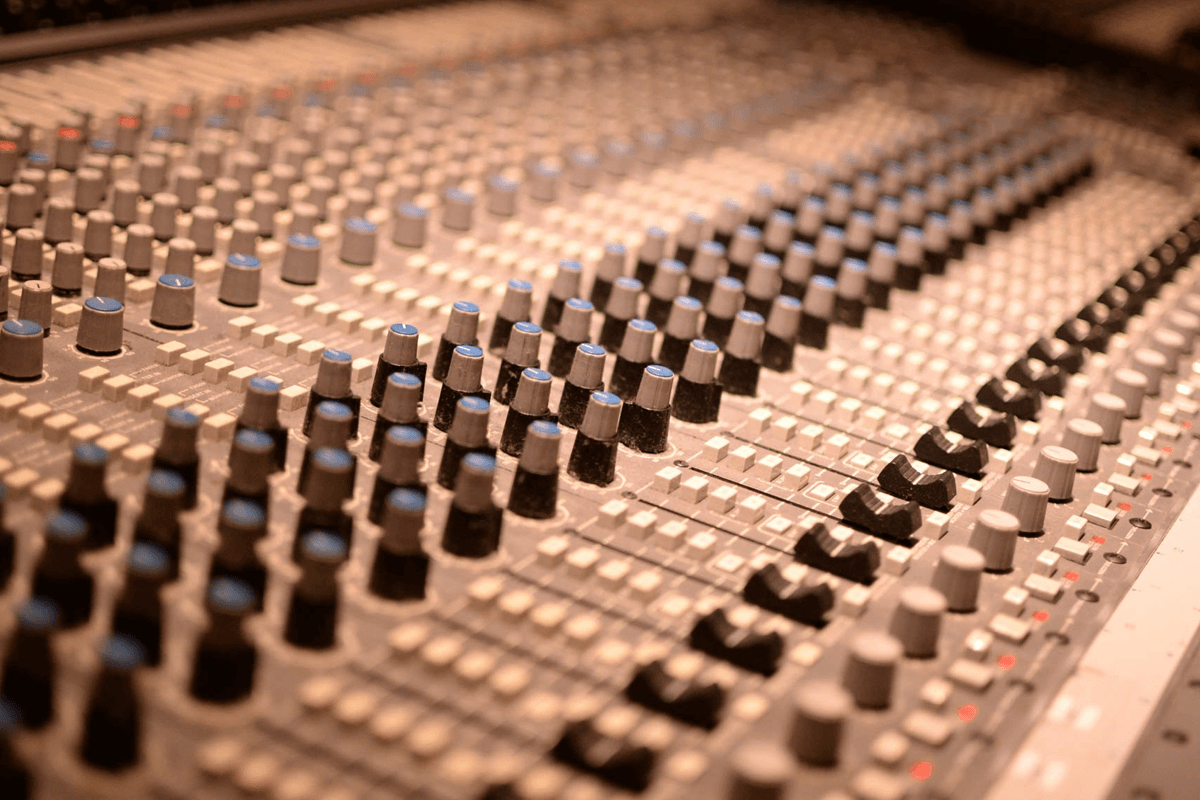
Music production is a crucial aspect of creating a finished, polished recording. Effective recording methods can improve the overall sound quality, bring out the most in an artist’s performance, and streamline the mixing and mastering processes. The following recording methods can help intermediate producers and engineers bring their mixes up a level.
Microphone Placement:
The position of the microphone in relation to the sound source has a significant impact on the sound that is captured. Placing the microphone away from the source can provide a more natural and balanced sound, while moving it closer to the source can increase the level of detail and intimacy. You can find the sweet spot that offers the best clarity and warmth for a given recording setting by experimenting with various mic positions.
Gain Staging:
Gain staging refers to the process of setting the input level of the microphone or other audio sources to an appropriate level. Setting the gain too low will result in a weak and noisy signal, while setting it too high will cause clipping, which is a distortion of the audio signal, that pops and clicks and ruins your recording. It’s important to set the gain correctly to ensure that the signal is strong enough to be processed and recorded properly. Maxing out at -6db will leave enough headroom for mixing and mastering.
Room Acoustics:
The final sound of the recording might be significantly influenced by the acoustics of the room in which you are recording. A resonant or “boomy” sound can be produced by unintentional reflections on hard surfaces like concrete walls and floors. Techniques for treating rooms, include the use of acoustic panels, bass traps, and diffusers, can help manage the room’s sound and lessen unwanted reflections.
Audio Interface:
An audio interface is a device that connects your microphone or other analogue audio sources to your computer, serving as a link between the analogue and digital worlds. You can adjust the gain and view the recording in real-time with a suitable audio interface, which will also provide high-quality signal conversion and provide you control over the recording’s levels. They also provide outputs for headphones and monitors.
Compression:
Compression is a technique used to control the dynamic range of a recording, which is the difference between the loudest and quietest parts. By lowering the volume of the recording’s louder sections, compression lowers the dynamic range, resulting in a more even, controlled sound. It can also be creatively used to sculpt the sound and give it personality.
Overdubs:
Overdubbing refers to the process of adding additional audio tracks to a recording, typically to build up the arrangement and add additional sounds. Overdubbing allows you to layer sounds and create a more complex soundscape, but it’s important to be mindful of the timing and phase of each overdub to avoid phasing issues, which can result in a loss of clarity and definition.
Editing:
Editing is an important part of the recording process, and it allows you to refine the performance and make any necessary adjustments. Editing tools, such as fade-ins and fade-outs, crossfaders, volume automation, and time-stretching, can be used to make precise adjustments and improve the overall quality of the recording.By following these techniques, you can ensure that your recordings are of the highest quality and ready for the next stage of production. Good luck and happy recording!
One other technique to consider is using a reference track. A reference track is a previously recorded song that has a similar sound and vibe to the track you’re working on. Listening to the reference track can help you make informed decisions during the mixing and mastering process and ensure that your track has a similar energy and vibe.
